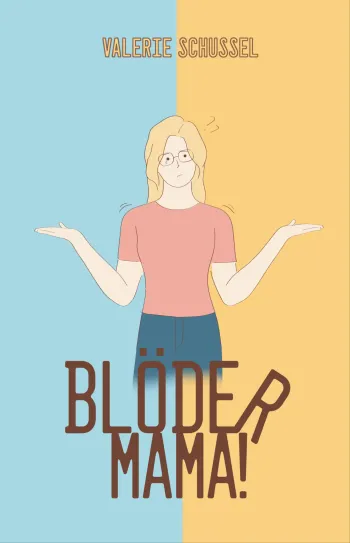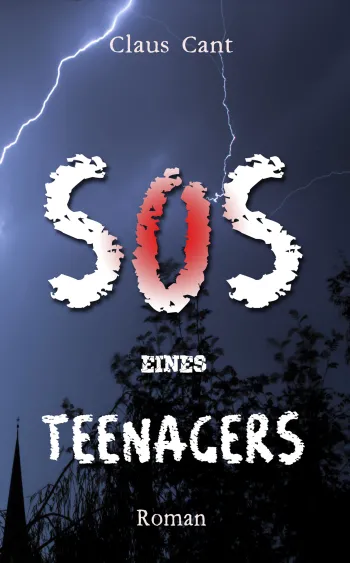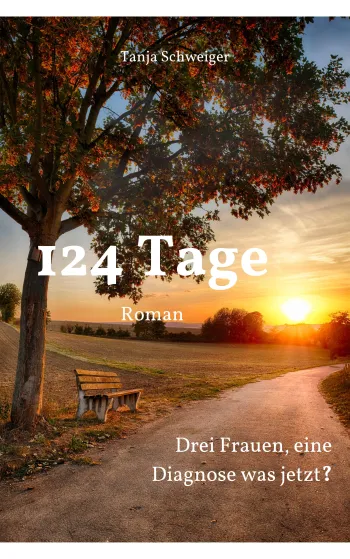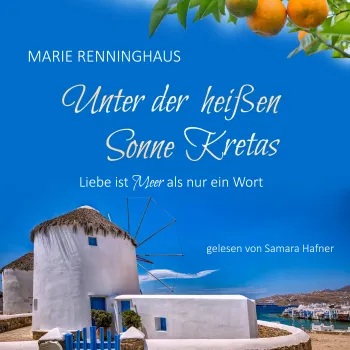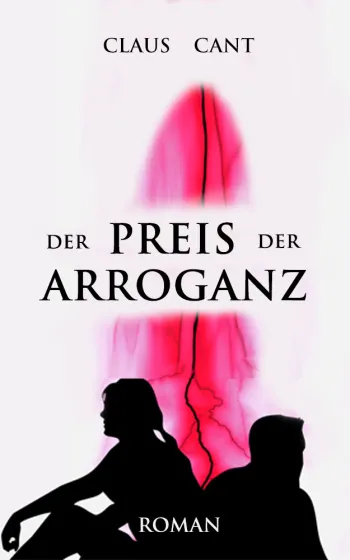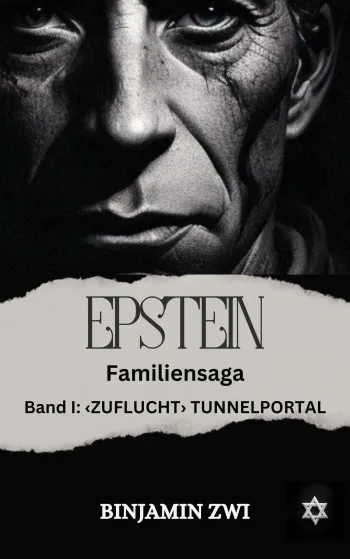Buch entdecken
Erfahre mehr über dieses Buch
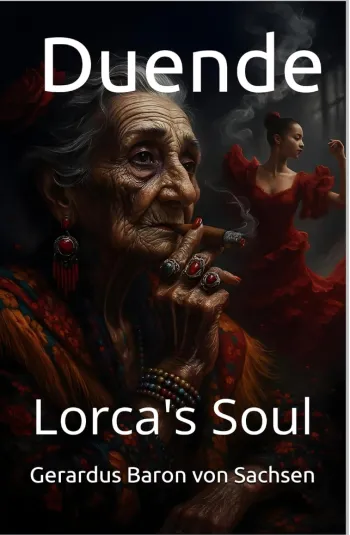
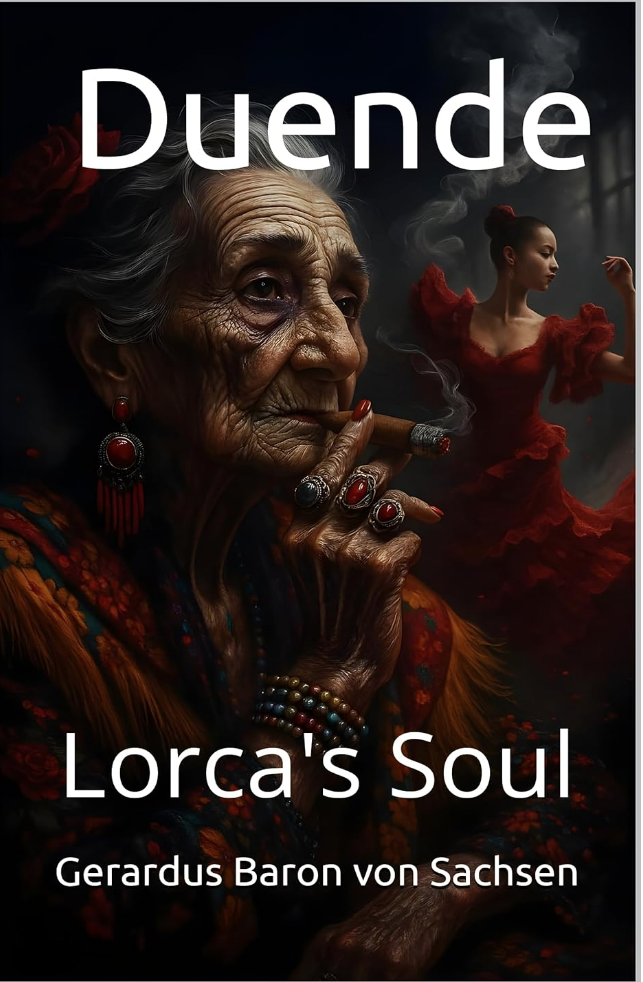
Duende
Lorca's Soul
Über dieses Buch
A Reader’s Guide to Duende
By Gerardus Baron von Sachsen
What is Duende?
The word duende comes from Spanish, and was made famous by the poet Federico García Lorca. It doesn’t mean “muse” or “inspiration.” Instead, it’s the spirit that rises from the earth, from blood, from grief, the raw energy that makes art burn instead of merely glow. As Lorca put it: “All that has black sounds has duende.”
Duende isn’t polite. It shows up when something vital is at stake. It’s in the cracked voice of a flamenco singer, the tremor of a dancer’s foot, the silence after tragedy. This book doesn’t just talk about it, it tries to summon it.
Why Sonnets?
• The book is built from Heroic Crowns of Sonnets: each cycle has 14 interlinked sonnets, ending in a 15th “master sonnet” made from their opening lines.
• I didn’t stop at one. I built 15 of these crowns — 227 sonnets in total.
• This creates a cathedral-like architecture: every poem connects to the next, every line supports the whole.
The sonnet form (4–4–3–3) is strict on purpose. Think of it as scaffolding strong enough to contain fire.
What to Expect as a Reader
• Intensity: This isn’t a book to sip like tea. It’s more like red wine or flamenco — it grabs your throat.
• Repetition & Echo: You’ll notice lines reappearing, transformed. This isn’t a printing error; it’s the crown form at work, creating echoes and hauntings.
• Dark Beauty: Blood, bone, silence, saints, war, lovers — these are recurring images. They aren’t decoration; they’re part of the duende.
How to Read Duende
1. Don’t rush. These poems are meant to be lived with. A single sonnet can be enough for a day.
2. Read aloud. The rhythm, repetition, and sound carry the force. Whisper or chant them.
3. Follow the crowns. Notice how each sonnet hands its last line to the next. This chaining is the heartbeat of the book.
4. Allow emotion, not just intellect. You don’t need to “solve” these poems. If they unsettle or move you, you’re reading them right.
5. Use the illustrations. The charcoal drawings aren’t just decoration — they’re part of the atmosphere.
Themes You’ll Meet
• Spain and Andalusia: flamenco, Córdoba, Lorca, Moorish echoes, the Inquisition, Franco.
• Art and Death: from cave paintings to Gaudí to Picasso, always shadowed by mortality.
• Love and Wound: lovers who bleed, saints who burn, prayers that taste of ash.
• Survival: above all, the question: how do we endure beauty and pain at once?
Final Note to Readers
Duende doesn’t want to be admired. It wants to be survived. Approach it the way you would a storm or a piece of music that shakes you. Let it leave a mark.
Bewertungen
Basierend auf 5 Bewertungen
Spitzenrezensionen
Dori A.
"Intensiv & Herausfordernd"
Tom Kreuzer
"Recommendation "
J. B.
"Ein außergewöhnliches poetisches Werk voller Wucht und Präzision"
Gerdes
"Wenn Poesie zur Besessenheit wird - Ein Meisterwerk des Wahnsinns"
Antonella
"Poesie auf einer besonderen Ebene"
Ähnliche Bücher
Diese Bücher könnten dir auch gefallen
